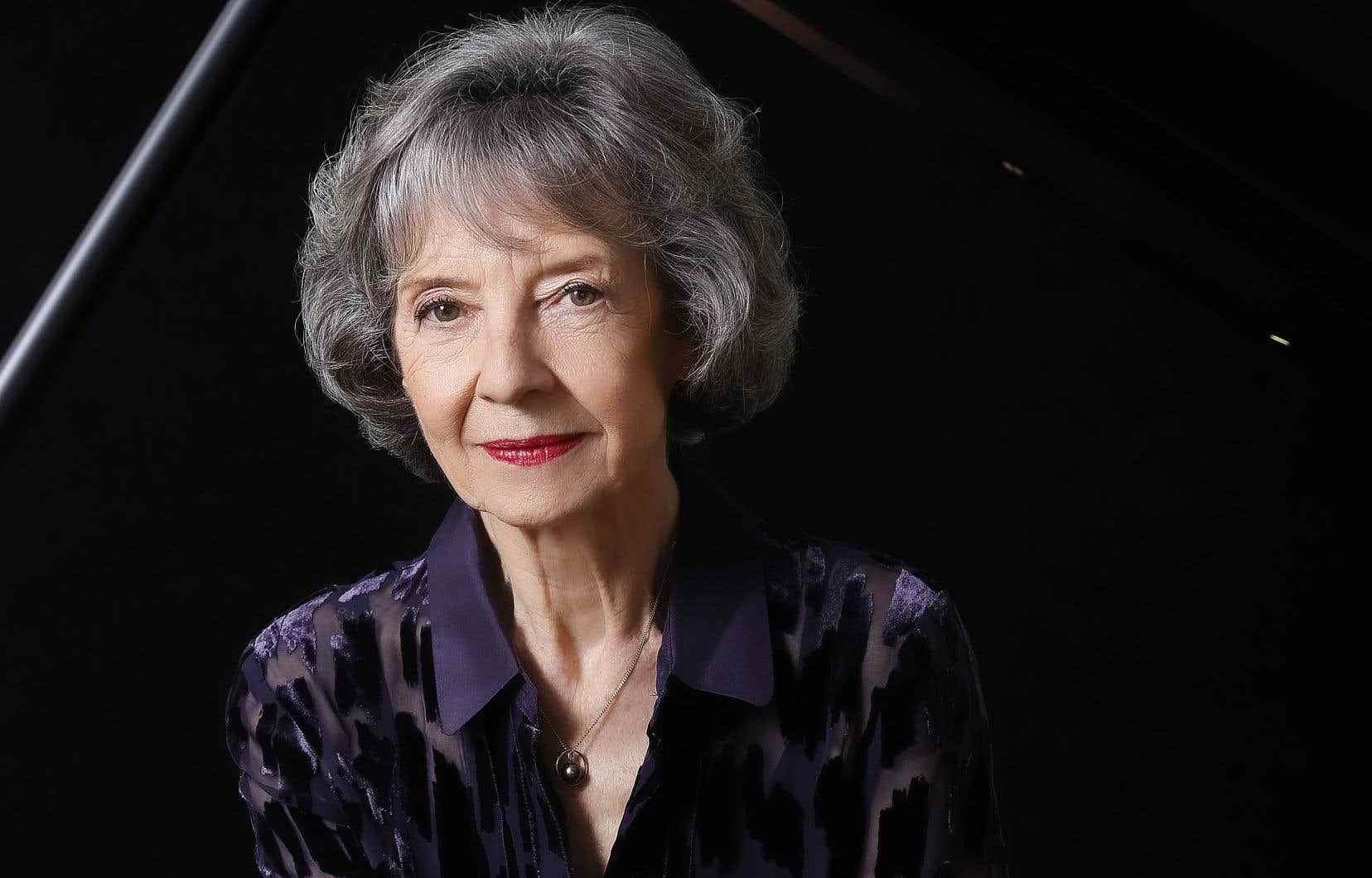Very beautiful poster of the last season programmed by Isolde Lagacé, the recital of Anne Queffélec had both well and badly filled the room Bourgie. Its program, with a first part very scrupulously arranged around baroque compositions played on the piano and Schubert’s last sonata as the main course, augured an evening of great introspective depth. It was without taking into account the vagaries of the concert and the unconsciousness of some.
What better way to go out for a 3-year-old girl than a Bach, Händel, Scarlatti and Schubert concert at 7:30 p.m., with two musical blocks without a 45-minute break? This is what a spectator said to herself who came with her kids (two other children just older) to Anne Queffélec’s recital.
She was not the only incongruous spectator, since around us a father with a 6 or 7 year old boy was spending his first game texting. No idea where these people can come from and what they come to do there, but while the French pianist had asked the spectators not to applaud during the “baroque” part, chained, in order to preserve concentration, the kid s is obviously set to give voice. The ushers had to ask Mrs. Mother to come out (she hadn’t had the idea on her own!) which led to tenfold shouting and shouting. The disconcerted pianist interrupted herself, briefly said that “the program was definitely too meditative for very young spectators” and went backstage to rebuild her concentration.
Listen to intelligence floating
Anne Queffélec had then played two pieces from her first part devoted to Bach, Händel, Scarlatti, three composers born in 1685 and, on her return, asked if it would be a good idea to start from scratch. The audience nodded.
All of this was very heavy because, in defense of the girl, Anne Queffélec is a first class extinguisher. We don’t know why this artist feels invested, before touching her keyboard, with the mission of stammering into the microphone in a hoarse voice an endless monotone musicological screed of which we seize from time to time a term or an idea which does not illuminate in nothing listening to the music she is about to perform. We barely catch what she mutters. We just understand that she spares us her jam recipes, because otherwise we would have exceeded 10 minutes of blah-blah.
But what is this need to explain what our sensitivity as music lovers makes us grasp in an instant. Sometimes during the recital, one comes to wonder if these learned preambles are not basically very symptomatic. When she plays, too, Anne Queffélec sometimes seems to listen to the echo of her intelligence. On the contrary, we would really like it to affect us more.
For this, it would be necessary to deploy in particular a sound palette a little more sensitive. But the pianist’s expression is done more through small rhythmic touches (more or less subtle slow-downs that support the expression) than through color magic.
Technical strength
Make no mistake: Anne Queffélec has a touch. You cannot play the first two movements of the Sonata D.960 without, sometimes, touching the keyboard. But this is not his mode of expression. This can be understood in baroque music. In Schubert less.
That said, a recital by Anne Queffélec, who will celebrate her 75th birthday next March, has many advantages. Starting with intelligence, precisely, through a “thought-out” program, where the pieces of the first part are brilliantly arranged and linked together, with a keen sense of harmonic sequences. The plunge into a meditative subjectivity, however, borders on the diversion in Händel’s Minuet transformed into a tearful Largo. The transcriptionist Kempff, who recorded it, shows that he played it with a gradual slowing down. In the case of Queffélec, the diversion of spirit makes it easier to introduce “Jesus may my joy remain”.
The other advantage of a concert by the French pianist is technical solidity. No hiccups either in the first part or in the Sonata, which makes it possible to follow the course of the latter without being distracted. Without the magic of a Llŷr Williams, Anne Queffélec advances with logic. It does not weigh down movements 1 and 2 with an excess of pathos and does justice to the dynamic contrasts of the Final.
Despite its solidity and professionalism, we do not think that much will remain of this recital in our memories except that it had to be started from scratch and that the verbomotricity of the pianist led him to get lost in d guesswork instead of us playing his music with his heart.
